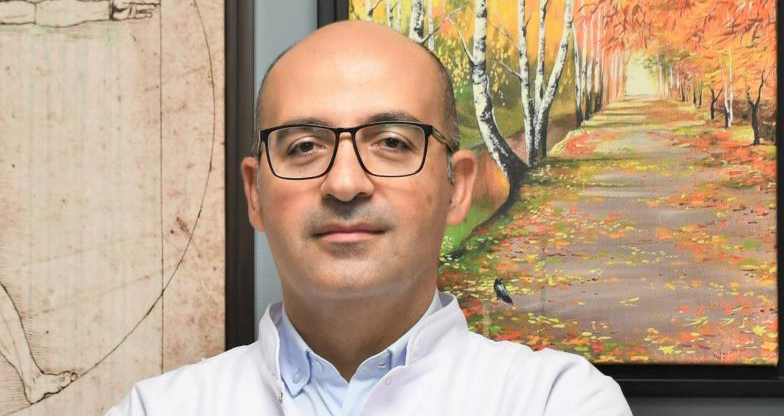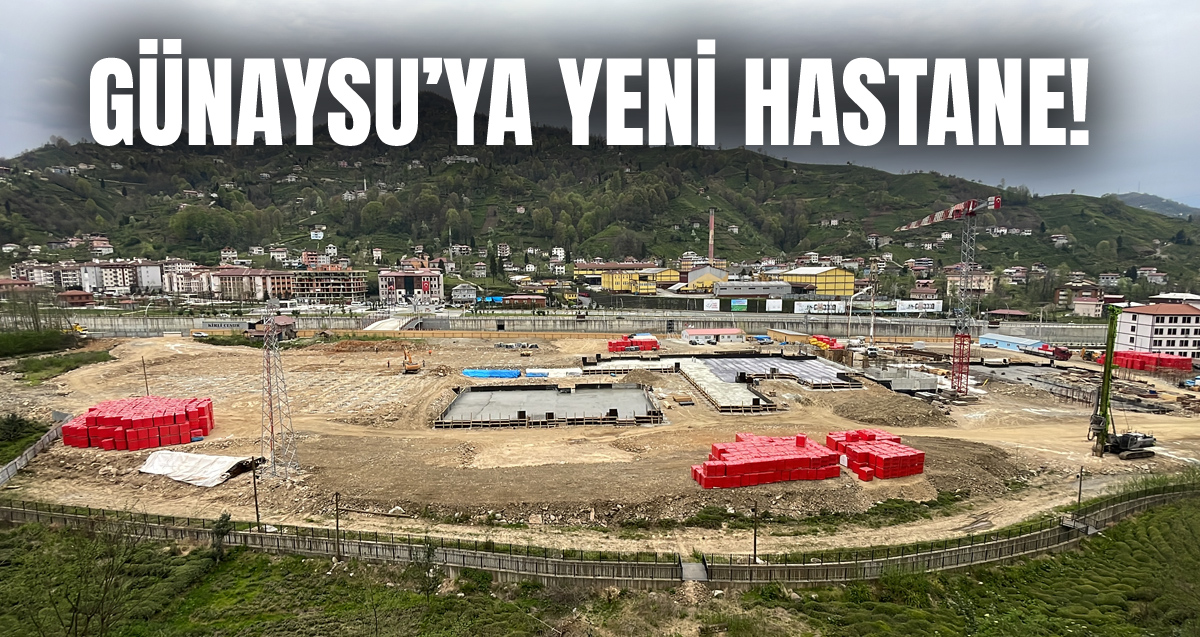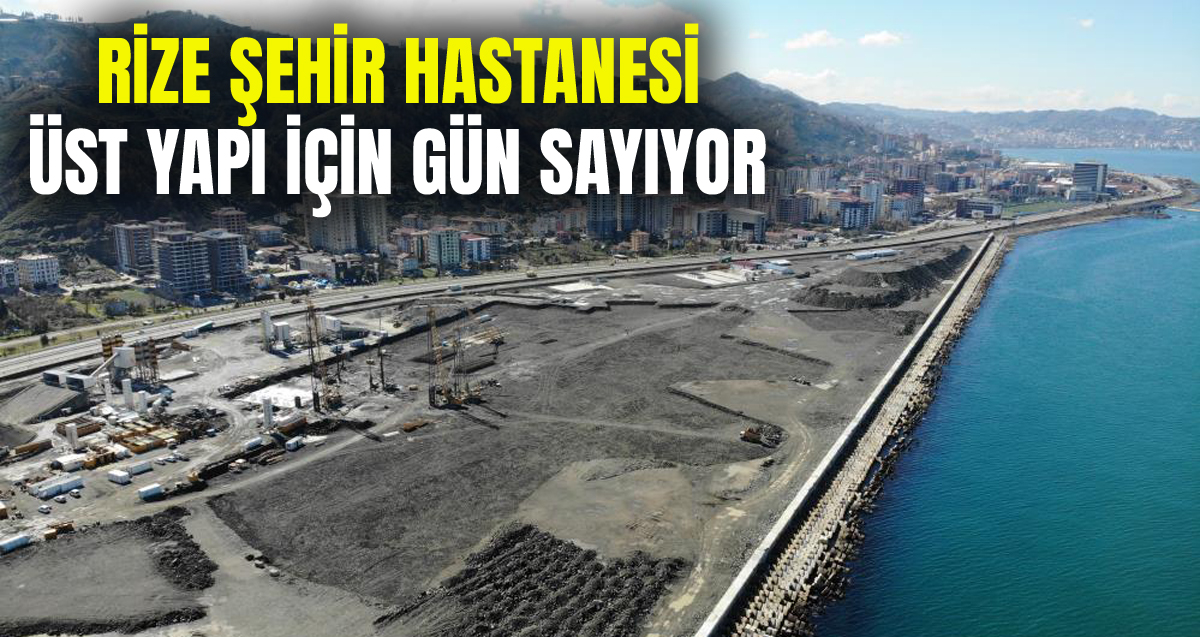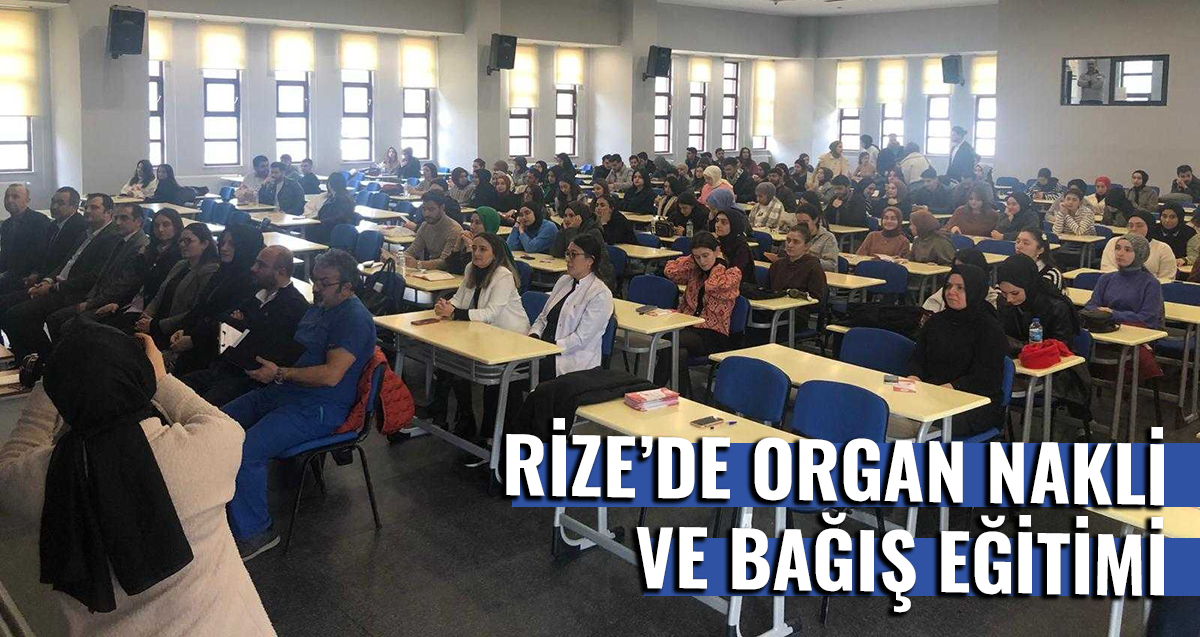A sudden strain can cause a tear in the biceps tendon. Tendon inflammations are more common with shoulder compression. Shoulder impingement is also seen in 40 to 45 percent of the society.
Prof. from the Department of Orthopedics and Traumatology at Medipol Mega University Hospital. Dr. Cem Coşkun Avcı explained that shoulder pain and loss of strength that can be seen at almost any age can be caused by biceps tendon injury. prof. Dr. Avcı stated that 2 types of diseases are most common in the biceps tendon and said, “The biceps tendon is a tendon that fixes the shoulder joint and allows the elbow joint to fold. Inflammatory conditions and biceps tendon ruptures are most common with this tendon. Biceps inflammation is a very common ailment at any age. Biceps tendon tears are usually seen when the shoulder joint is forced, a reverse movement is made, or the joint wears out with age. Biceps tendinitis (inflammation) occurs due to tears and compression disorders in the shoulder joint.
“People who use cigarettes and cholesterol drugs are at risk”
Mentioning that the rupture of the biceps tendon can be seen in the joint as a result of abnormal contraction due to excessive strain, especially in those who do heavy sports and heavy work. Dr. Avcı said, “In the biceps tendon, ruptures occur in the shoulder first, causing complaints about the shoulder. The other reason is that it can break from the elbow as it is a two-joint muscle. Then it causes diseases related to the elbow joint. While rupture from the elbow joint is mostly seen in young or middle ages, rupture in the shoulder is seen in older ages. In any case, it causes complaints such as pain and loss of strength in patients. When the biceps tendon is torn, those who use both cigarettes, alcohol and cholesterol and derivatives are at risk. Therefore, a tear may occur as a result of a sudden strain on the tendon. When we come to tendon inflammations, it mostly increases with shoulder impingement disease. Shoulder impingement is also seen in 40 to 45 percent of the society. Therefore, we can see inflammations more frequently than tears. There are intra-articular tears in the biceps tendon, which are also common in athletes and those who do heavy work.
Watch out for the patriarch's biceps,
Dr. Avcı stated that if the biceps tendon is not treated, the pain will spread down the shoulder and gave the following information: “If not treated, partial tears can turn into full tears. Just when it turns into a tear, a cosmetically disturbing deformity occurs on the arm, which we call the 'popular biceps'. In particular, the folding force at the elbow is noticeably reduced. For example; During strong gripping, turning and heavy lifting, the patient feels weakness as well as pain. Therefore, when left untreated, inflammation or partial tears turn into full tears and thus cause functional restriction. Depending on the stage of the disease, the treatment can be done with medicine, physical therapy or surgery.
“Closed surgery is a must for complaints that last longer than 3-6 months”
Stating that they recommend the patient to rest and avoid heavy work in non-surgical treatments, Prof. Dr. Avcı said, “Ice applications are beneficial during the resting period. If there are heavy activities that the person does, it is necessary to limit them. Anti-inflammatory drugs used without steroids reduce both pain and inflammation. In very painful cases, cortisone steroids are injected if necessary. If this process is repeated frequently, it weakens the tendon and facilitates the tear. However, it can be beneficial to do it periodically. If there is no response from these treatments, especially if there are complaints that last longer than 3 to 6 months, then surgical intervention may be required. We now perform surgical treatments with closed methods. We perform a procedure such as imaging the torn or inflamed tendon from within the joint and repairing that area or fixing it to the bone.
























